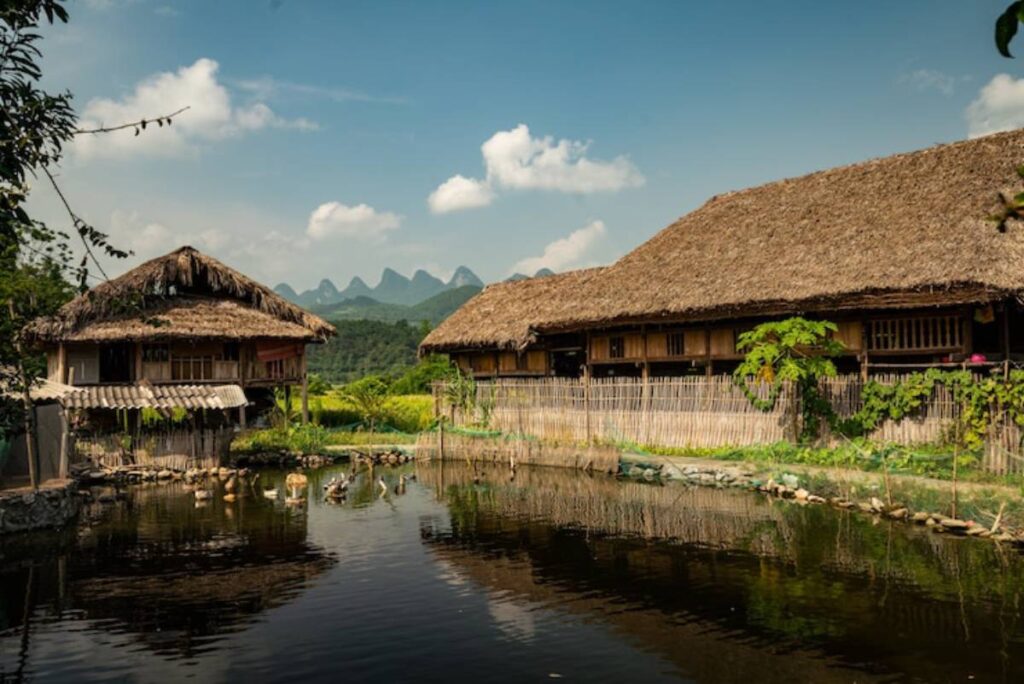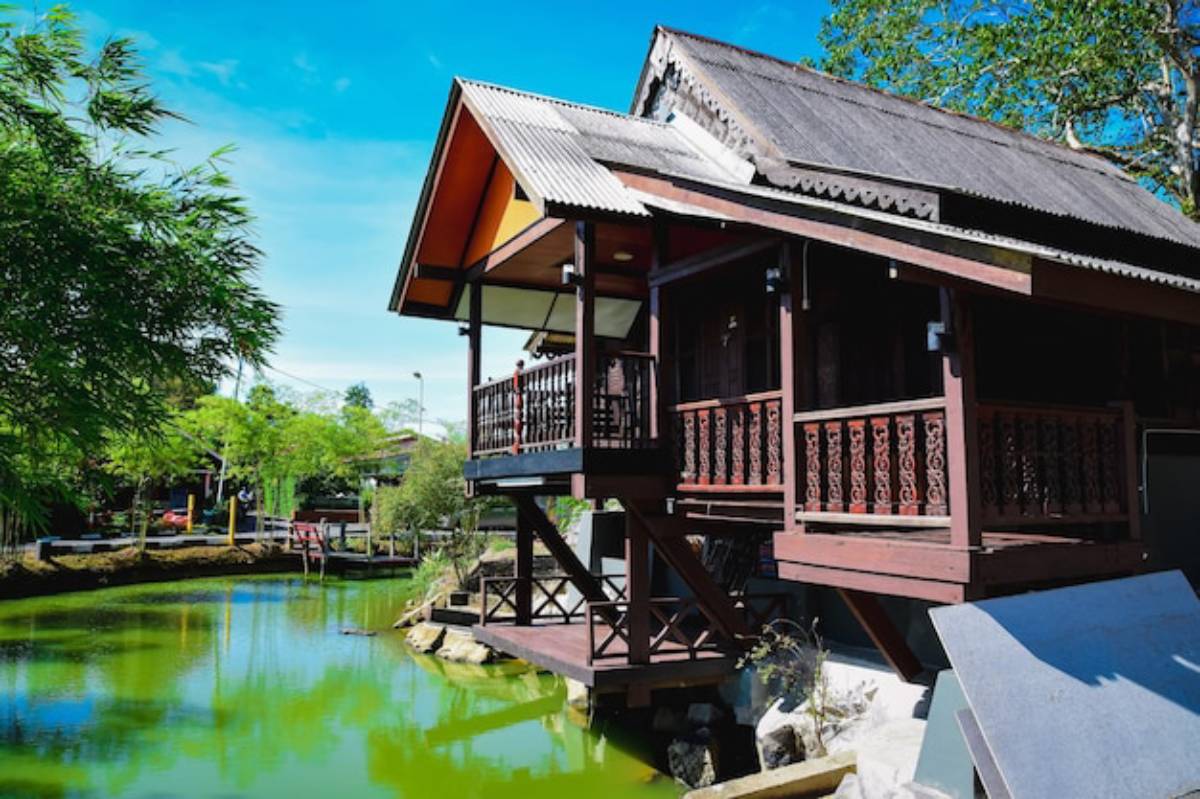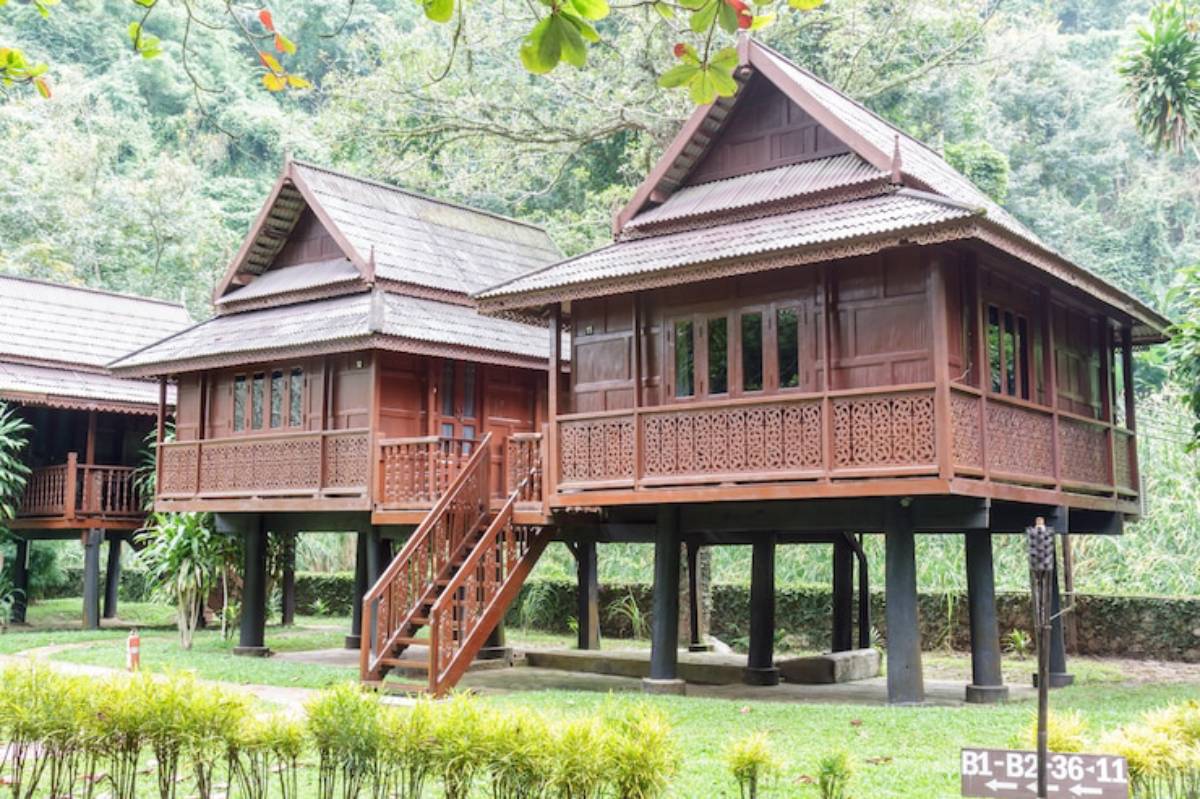The Travel Blog

How to Find Authentic Homestays in Remote Asian Villages
Why Authentic Homestays Matter
Imagine waking to the gentle clang of cowbells, sharing a hand-ground coffee with your host in northern Vietnam, or learning to make chapatis in a Himalayan kitchen. These aren’t tourist gimmicks—they’re the real moments of human connection found in authentic Asian homestays.
As travellers look to move beyond resorts and rigid itineraries, homestays in Asia’s remote villages offer a gateway into local life, cultural exchange, and sustainable travel. Whether you’re a solo backpacker or a curious family, this guide shows you how to find, book, and thrive in real homestay experiences across lesser-known corners of Asia.
Understanding the Core: What Makes a Homestay Authentic?

An authentic homestay is not just a bed in someone’s home. It’s about:
- Cultural exchange – participating in daily life, from farming to festivals
- Community connection – staying in villages untouched by commercial tourism
- Economic support – directly benefiting the host family or community
- Personal enrichment – learning language, customs, and stories first-hand
Many remote Asian homestays are organised via community-based tourism projects or social enterprises, offering ethical alternatives to hotels.
“Cultural tourism becomes truly immersive when the traveller becomes part of a community, not just a visitor.” – Asia Tourism Impact Report, 2023
Quick Guide: Finding Authentic Homestays in Asia’s Remote Regions
| Step | What to Do | Why It Matters |
| 1 | Pick a region off the mainstream radar | Ensures cultural depth and less commercialisation |
| 2 | Use ethical and local homestay platforms | Supports sustainability and authenticity |
| 3 | Verify the homestay credibility and background | Avoids greenwashed or fake listings |
| 4 | Learn about host expectations and customs | Helps you blend in and bond |
| 5 | Engage, help out, and share stories | Builds meaningful connections |
Step-by-Step Guide: How to Find Authentic Homestays in Asia

1. Pick a Culturally-Rich Yet Less-Visited Region
The first step is destination choice. Go where tourism hasn’t yet washed out tradition:
- Nagaland, India – tribal homestays with age-old oral storytelling
- Luang Prabang Province, Laos – riverside villages and textile communities
- Toraja Highlands, Sulawesi, Indonesia – animist funeral rites and wood-carving traditions
- Gorkha District, Nepal – mountain farming life with limited outside influence
Secret Tip : Avoid areas near international airports or cruise ports unless exploring deep inland.
2. Use Platforms That Specialise in Cultural and Local Accommodations

Avoid commercial booking giants when seeking cultural exchange travel. Try these instead:
- WWOOF Asia (for volunteering-based stays)
- Backstreet Academy – connects travellers with village artisans and stays
- Local Alike (Thailand) – vetted homestays and community-based tours
- Community Homestay Network (Nepal)
- EcoBnB (search by region and ethical criteria)
Pro Tip : Some of the best listings are found via tourism boards or in local Facebook groups.
3. Check for Authenticity Indicators
Here’s what to look for in a listing:
- Clear host background and family involvement
- Cultural experiences included (cooking, crafts, rituals)
- Reviews that mention connection, learning, and local life, not just amenities
- Photos showing the family, not just rooms
- Use of local materials or traditional building styles
Important : Many “homestays” listed on big platforms are just renamed guesthouses. Always ask, “Will I be staying with the family?”
4. Understand Cultural Norms and House Etiquette
Every culture is different, and respecting house rules is key. Learn:
- Greetings and local customs
- Dress codes, especially around elders or temples
- Food habits (e.g., sitting on the floor or avoiding certain meats)
- Expectations around helping with chores
Download country-specific guides like Culture Smart! or NomadHer for quick cultural primers.
5. Engage Fully and Respectfully
Homestays are not hotels—you’re part of the family, even temporarily.
- Help with cooking or farming
- Join religious or seasonal ceremonies
- Offer to teach your own craft, song, or recipe
- Journal and reflect rather than just photograph
Anecdote : In rural Cambodia, I was invited to a wedding just hours after arrival. I danced barefoot under fairy lights and shared sticky rice cakes with 30 strangers—now friends.
Important Things to Remember
Bring Small, Thoughtful Gifts
Postcards from your country, herbal teas, or art supplies for kids make beautiful icebreakers.
Go Offline and Be Present
Don’t expect Wi-Fi or 24/7 electricity. That’s the charm. Embrace slower rhythms.
Language Isn’t a Barrier—Smiles Are Universal
Use gesture, draw, or learn five words: “Hello”, “Thank you”, “Delicious”, “Beautiful”, and “Goodbye.”
Important : Don’t try to “fix” anything—homestays are about learning, not imposing.
Best Practices & Additional Insights
- Stay 3+ nights to build comfort and connection
- Ask questions—most hosts love to explain their traditions
- Eat what’s offered unless medically restricted
- Leave a handwritten thank-you note or photo as a memory
You may also like: How to Plan a Cultural Immersion Trip in Lesser-Known Asian Regions.
FAQs for Authentic Homestays in Remote Asian Villages
Are homestays in rural Asia safe for solo travellers?
Yes, especially when vetted through ethical networks. Women travellers often report high levels of care and protection in family settings.
How do I book a homestay without internet in the village?
Book in advance through local agencies or tourism boards. Once there, hosts may help coordinate further village stays by word of mouth.
What amenities can I expect?
Expect simplicity: thin mattresses, bucket showers, and shared toilets. But the warmth and hospitality often surpass luxury.
How much should I pay for a homestay?
Costs vary from $5–$25 USD/night depending on region and inclusions. Always confirm what meals and experiences are covered.
Conclusion & Call to Action
Staying in an authentic homestay in a remote Asian village offers something you can’t buy—belonging. It’s about sharing food, laughs, and life with people whose world is different, yet profoundly relatable.
Ready to trade Wi-Fi for wisdom? Start your cultural homestay journey now. Choose connection. Choose meaning. Choose Asia’s heart.









